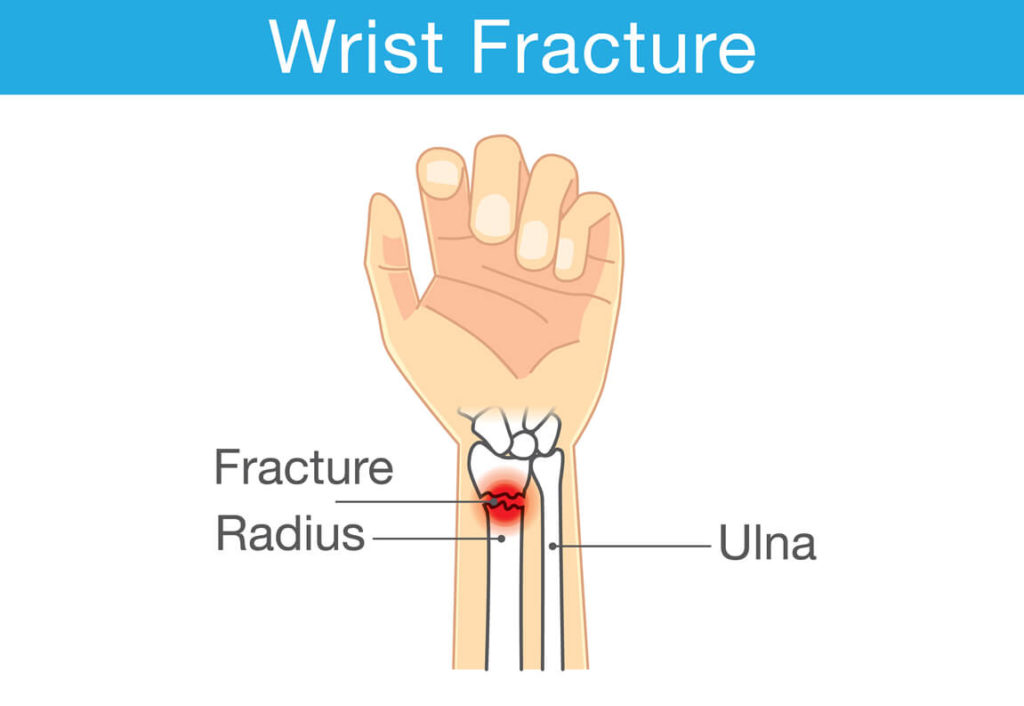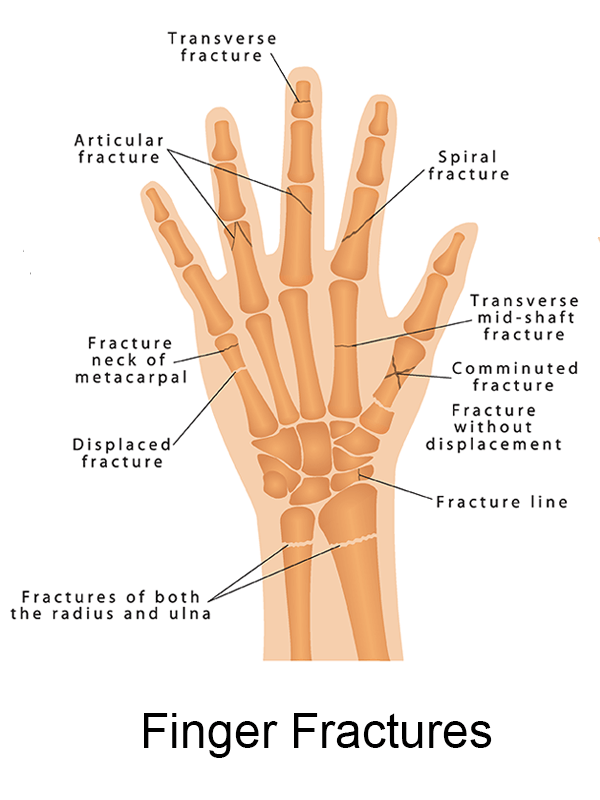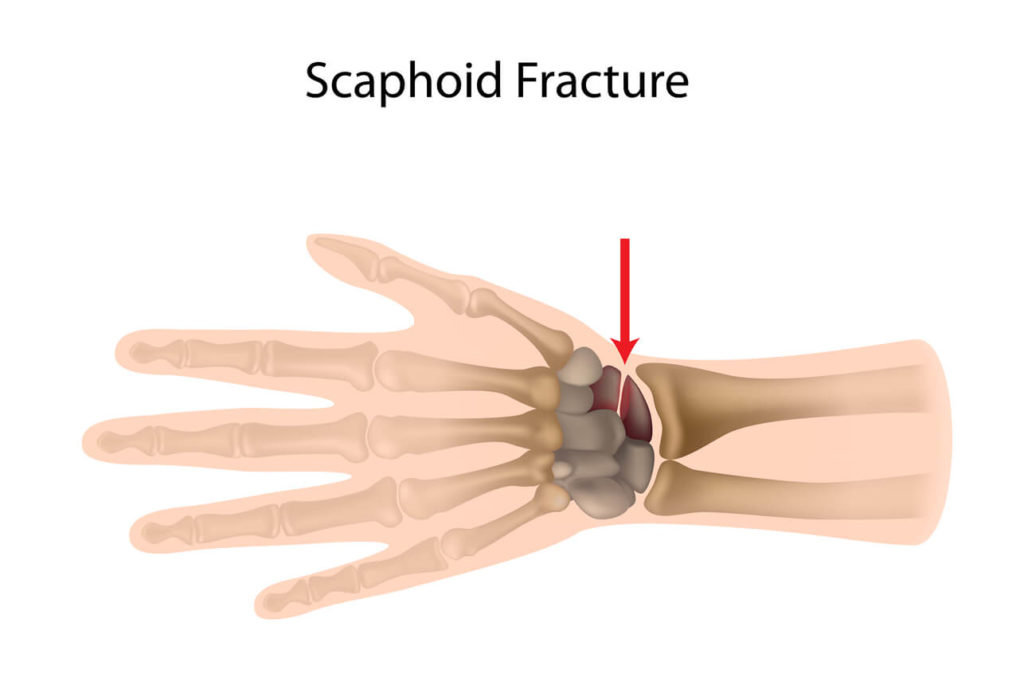Fractures and Dislocations
The hand and wrist contain many small bones and it is possible to experience a fracture (broken bone) of the hand, wrist, or finger and not be aware of it. Fractures are typically a result of trauma and can present as simple and nondisplaced, or they may present as complex fractures that need surgical repair and require post-surgical rehabilitation.
Dislocations are an injury to a joint, a place where two or more bones come together in which the ends of your bones are forced from their normal positions. These painful injuries temporarily deform and immobilize your joints.
Common fractures include those of the
- Elbow
- Finger (phalangeal)
- Forearm (radius and ulnar)
- Hand (metacarpal)
- Shoulder
- Wrist (distal radius and ulna, scaphoid, and other carpal fractures)
Dislocations are very common sports injuries. You can dislocate your finger as well as your elbows, shoulders, and wrists.
At FORM Ortho, our hand therapists are knowledgeable in advanced surgical techniques used and will stay in constant communication with your surgeon to make sure you receive the most comprehensive care throughout your therapy program.
Post Surgical Rehabilitation
We provide post-surgical rehabilitation for fractures, such as the following:
Distal Radius Fracture
One of the most common wrist fractures is a distal radius fracture. The radius is the larger of the two bones of the forearm. A fracture of the distal radius occurs when the area of the radius near the wrist breaks, usually from a fall on an outstretched hand. There are many different types of radial fractures that occur and it is important to classify the type of fracture because some fractures can be more difficult to treat than others. Some fractures can be treated nonsurgically (closed reduction) and need only a splint or cast, or can be treated surgically (open reduction).

At FORM Hand Therapy, our hand therapists will work closely with your surgeon to determine the right time to initiate therapy and depending on the severity of the fracture, treatment, and level of functioning of the affected arm, your therapist will customize a progressive exercise plan for you to regain range of motion, strength, and restore function.
Finger Fractures
Stabilizing a finger (phalangeal) fracture is crucial for the initiation of early and effective rehabilitative exercises to restore finger joint function. Your therapy plan will depend on where the fracture is located along the finger, the type and severity of the fracture, and if surgery was needed for repair. Symptoms of finger fractures include swelling, tenderness or pain, deformity of the finger, and/or difficulty or inability to move a finger.

Therapy may include active range of motion exercises, joint blocking exercises, and active tendon gliding exercises in protective blocking splints. Should your finger fracture require surgery, our hand therapists will remain in constant communication with your surgeon to determine your therapy needs to restore range of motion and hand function.
Scaphoid Fracture
The wrist is formed by the two bones of the forearm, the radius and the ulna, and eight small carpal bones. The carpal bones are arranged in two rows at the base of the hand. There are four bones in each row. The scaphoid bone is one of the carpal bones on the thumb side of the wrist, just above the radius. A scaphoid (navicular) fracture is a break that occurs most often after a fall onto an outstretched hand. Symptoms of a scaphoid fracture typically include pain and tenderness in the area just below the base of the thumb.

These symptoms may worsen when you try to pinch or grasp something. Treatment for a scaphoid fracture can range from casting to surgery, depending on the severity and location of the fracture. Because portions of the scaphoid have a poor blood supply, a fracture can disrupt the flow of blood to the bone, and complications with the healing process can occur. Therefore it is important to consult a hand surgeon as soon as possible.
At FORM Hand Therapy, our therapists will work closely with your surgeon to determine the right time to initiate therapy and depending on the severity of the fracture, treatment, and level of functioning of the affected arm, your therapist will customize a progressive exercise plan for you to regain range of motion, strength, and restore function.
Dislocations
After your bones are maneuvered back into position, your doctor might immobilize your joint with a splint or sling. Depending on the extent of damage to nerves, blood vessels, and supporting tissue, you may have to wear the splint or sling for several weeks. Once your splint or sling is removed, your doctor will have you begin a rehabilitation program designed to help restore your joint’s range of motion and strength.
Contact Us
If you have a question about whether your condition should be treated by one of our hand therapists, call FORM Hand Therapy at (510) 350-3030. If you are not currently under the care of a physician for your condition or would like to be evaluated by an Orthopedic Surgeon specializing in hand, wrist, and elbow conditions, please request an appointment online.
